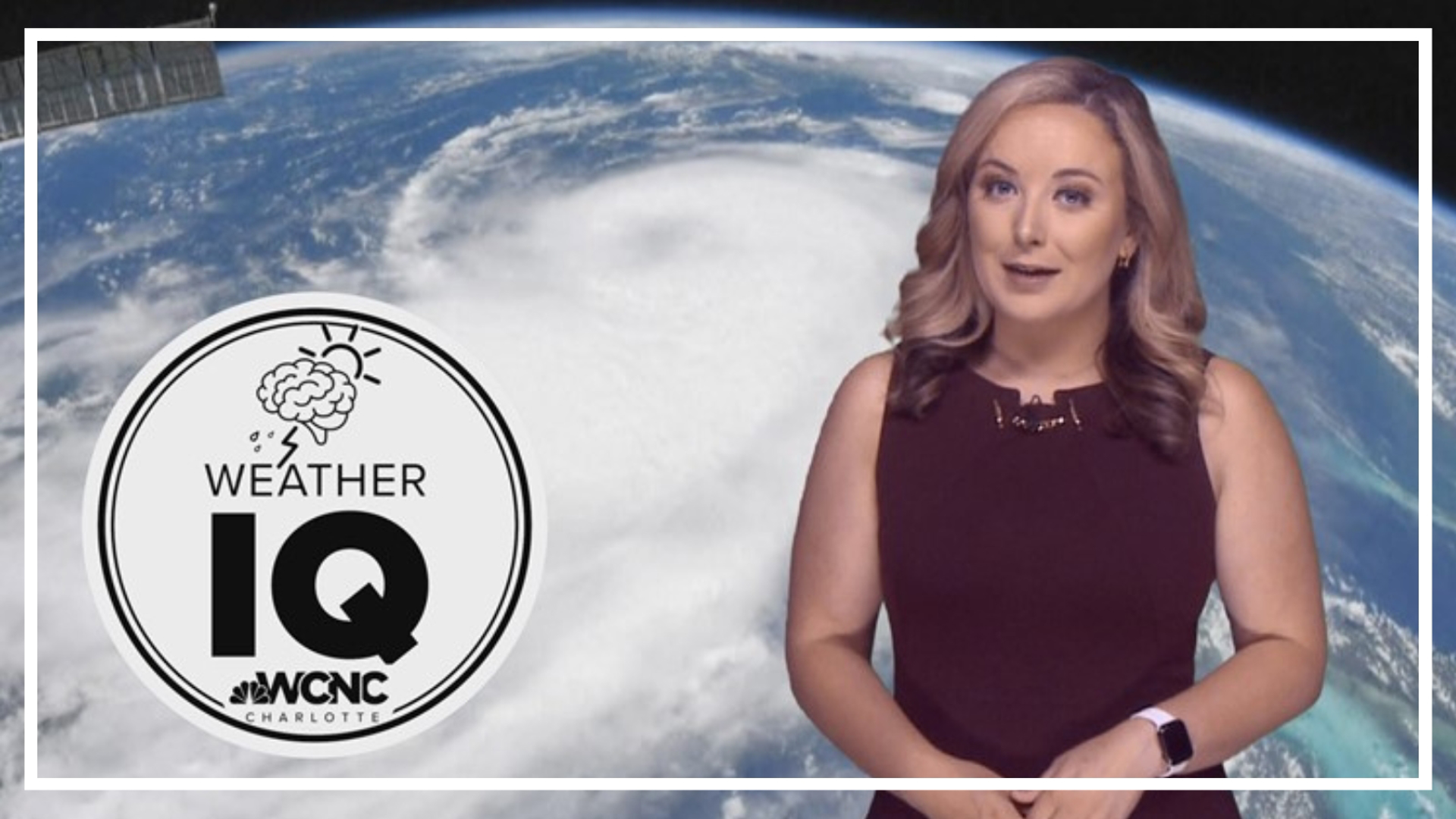CHARLOTTE, N.C. — Tropical cyclones thrive in warm ocean waters due to the large amounts of moisture and heat the sea water can provide.
As a storm encounters more warmth and more fuel, it’ll grow stronger and become more intense.
On the other hand, these three factors can weaken a tropical cyclone:
- Wind shear
- Land interaction
- Dry air
Wind shear
Wind shear hurts a hurricane or tropical cyclone by shearing – or ripping – the top of the storm. This disrupts vertical motion and prevents the typical updrafts from forming, which gives a typical thunderstorm cloud its iconic height. This happened earlier this hurricane season with Tropical Storm Alex. The storm was unable to strengthen or form a closed center of circulation because of wind shear. This caused the storm to appear lopsided on satellite imagery.
Land interaction
Land interaction can negatively impact the growth of a tropical cyclone. Land weakens a storm because it has less moisture than water. The seawater provides a key heat source needed for storm growth.
Land impacts a cyclone’s ability to produce thunderstorms near its center of circulation. This will eventually cause the eye to collapse and the storm to weaken or dissipate completely.
Sometimes you may hear meteorologists talk about the Caribbean mountains having a similar effect on cyclones. Deterioration of cyclones happens quicker here due to the tall nature of the terrain – which disrupts the winds circulating around the low pressure.
Dry air
Since hurricanes are like steam engines sucking up as much moisture as possible, any dry air or Saharan dust in the atmosphere will immediately halt production. Even if warm and moist ocean water is present, dry air can erode a tropical cyclone from the inside.
Other factors
Another less common impact is upwelling from a previous hurricane or tropical storm. When a storm moves over the open water, it pulls colder air from the ocean bottom to the top of the surface. Tropical cyclones need a water temperature of at least 79° Fahrenheit. If a cyclone tried to follow in the path of another cyclone, it would hit colder water and fall apart.

